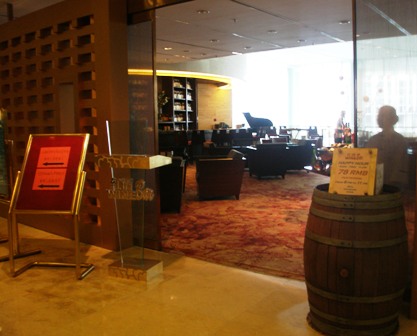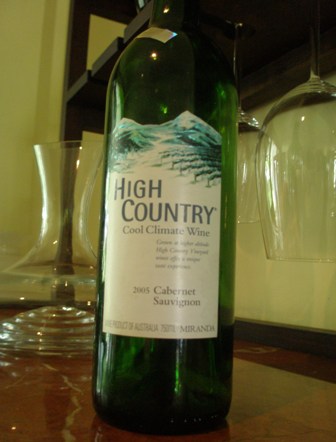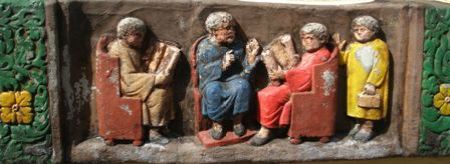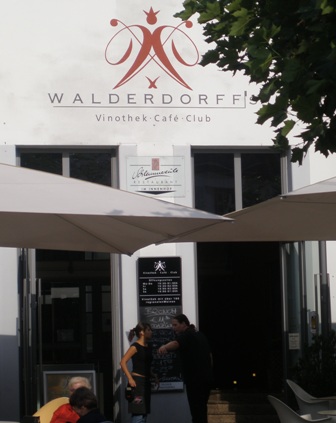It came as a surprise when I learned yesterday from my “daily wine news” newsletter that the Rudd government intends to increase taxes on wine and beer by up to 300%.
This will increase the sales price of an ordinary glass of beer by about 46 cents and a glass of wine by 63 cents. The alcohol content is supposed to be the basis of the new taxation regime.
So cheap mass wines will be as heavily taxed as a superior quality wine given the same alcohol content. The ratio of this additional tax to the overall sales price, however, will be different.
Health care seems to be the prime motive for this move. After tobacco, now its alcohol which drifted into the field of vision of the health freaks. Of course the regulators have alcohol pops in mind. It seems that young girls abuse this kind of alcohol quite a bit.
I am not sure how many bottles of fine wine are going down in binge drinking. Dry wines are maybe not the stuff for teenage drinking parties anyway.
I guess this will not solve the problem. To learn how to deal with drugs is better achieved by demystifying them and by learning how to avoid intoxication. And wine is food in the first place. If we allow young people to experience this, the dangers are minor. Just look at Mediterranean culture where you hardly can find alcohol abuse among the young which is typical for Anglo-Saxon societies. In the end, teenagers will move on to cheaper sources of booze or other drugs.
In anticipation, the finance ministers might already count the additional dollars in their treasuries.
As a boutique vineyard, I feel we will not be too concerned. Our clients are not alcohol abusers. They also can afford the higher prices (and if not the producers will have to stomach the losses). Most likely the new burden will be shared between the two groups.
Then there is bartering, more and more common in rural areas of Australia because of the various taxes and impositions. You repair my roof for a couple of cases of prime wine. I slash you paddock for your locally produced beer.
Well, we will see what these do-gooders can achieve. And don’t forget, there are elections somewhere around the corner.
Cheers




 Posted by themanfrommoselriver
Posted by themanfrommoselriver 




















